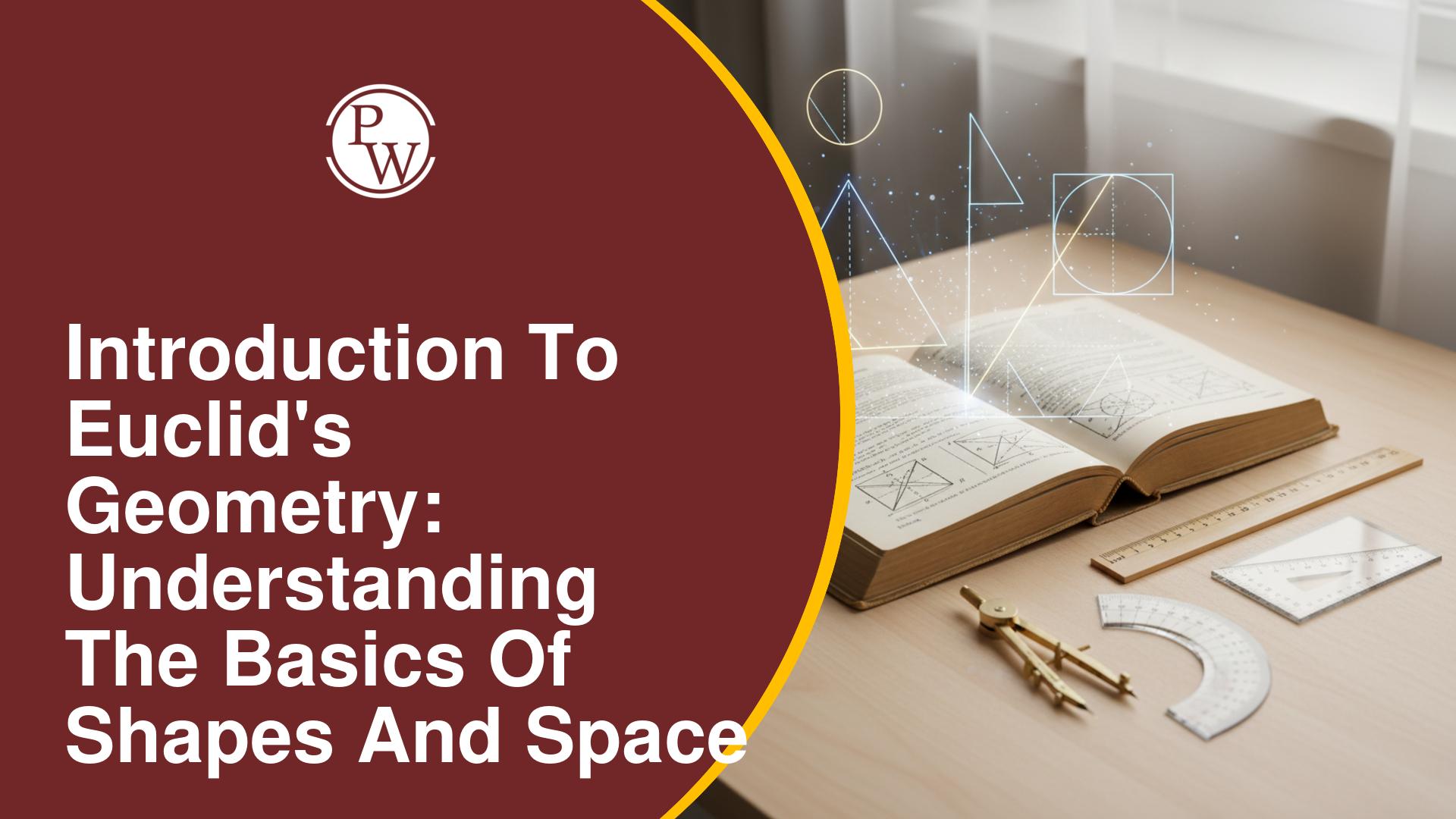
Heat Transfer Formula is a fundamental concept in physics that deals with the transfer of thermal energy from one object or substance to another. Heat transfer plays a crucial role in our daily lives
What is Heat Transfer?
Heat transfer formula is the process of energy exchange between two substances or systems due to temperature differences. It is a fundamental concept in thermodynamics and plays a crucial role in various natural and engineered processes.How is Heat Transferred?
Three basic processes—conduction, convection, and radiation—transfer heat. These mechanisms describe how heat energy moves from one object or substance to another:Conduction
Conduction is the direct passage of heat between two materials or objects that are at various temperatures. Heat transfers from the hotter to the cooler object when there is a temperature differential between them. The material's atoms or molecules collide with one another, transferring heat energy. In general, metals are better at transferring heat than materials like wood or plastic.Also Check - Units Dimensions & Vector Formula
Conduction Equation
The conduction equation, also known as the heat conduction equation or the heat equation, describes the flow of heat through a medium over time. It is a partial differential equation that relates the temperature distribution within a material to the rate of heat transfer. The one-dimensional form of the conduction equation is as follows: ∂u/∂t = α ∂²u/∂x² Where:- ∂u/∂t represents the rate of change of temperature u with respect to time t.
- α is the thermal diffusivity of the material, a property that combines the material's thermal conductivity (how well it conducts heat) and its heat capacity.
- ∂²u/∂x² is the second derivative of temperature u with respect to position x, representing the curvature of the temperature distribution along the material.
Also Check - Work, Energy and Power
Convection In Transmission of Heat
Heat is transferred through fluid (liquid or gas) motion known as onvection. Heat causes a fluid to lose density and rise, replacing a cooler, denser fluid that then heats up and rises. By doing so, a steady circulation pattern is created, which distributes heat throughout the fluid. Ocean currents and air currents (wind) are just two examples of the many natural phenomena that are caused by convection.Convection Equation In Transmission of Heat
Displacement is the term for the phenomenon of a liquid's volume having to rise in proportion to its temperature. The following equation can be used to determine the rate of convection: Q = h c ∙ A ∙ (Ts – Tf) Where,- Q is the heat transferred per unit time
- hc is the coefficient of convective heat transfer
- A is the area of heat transfer
- Ts is the surface temperature
- Tf is the fluid temperature
Radiation In Transmission of Heat
Heat is transferred through radiation, which takes the form of electromagnetic waves like infrared radiation. Radiation, in contrast to conduction and convection, does not need a physical medium to transport heat. The amount of radiation an object emits or absorbs relies on both its surface's composition and temperature.Radiation Equation In Transmission of Heat
The wavelength in the spectrum of the radiation released drops as temperature rises, and shorter wavelengths of radiation are emitted. The Stefan-Boltzmann law can be used to compute thermal radiation : P = e ∙ σ ∙ A· (Tr – Tc) 4 Where,- P is the net power of radiation
- A is the area of radiation
- Tr is the radiator temperature
- Tc is the surrounding temperature
- e is emissivity and σ is Stefan’s constant (σ = 5.67 × 10-8Wm-2K-4
Unit of Heat Transfer
In the International System of Units (SI), the measure of heat transmission is commonly expressed in joules (J). Energy comes in the form of heat, and the joule is the accepted measurement of energy. Heat transfer between two objects can be measured in terms of the energy that is transferred, which is given in joules. In some cases, especially in the context of thermodynamics, the calorie (cal) is also used as a unit of heat transfer. The amount of energy needed to raise the temperature of 1 gramme of water by 1 degree Celsius is known as a calorie. The joule, on the other hand, is the SI unit of heat transfer and is the one that is most frequently employed in scientific and engineering contexts.Transmission of Heat FAQs
What is heat transmission?
Heat transmission refers to the process by which heat energy is transferred from one object or substance to another due to a temperature difference.
Why does a metal spoon feel cold even at room temperature?
Metals are good conductors of heat. When you touch a metal spoon, it quickly conducts heat away from your skin, making it feel cold.
What is conduction?
Conduction is the transfer of heat through direct contact between particles of a substance, where heat flows from higher temperature regions to lower temperature regions.
What materials are good conductors of heat?
Metals like copper, aluminum, and silver are good conductors of heat due to the high mobility of their free electrons.
🔥 Trending Blogs
Talk to a counsellorHave doubts? Our support team will be happy to assist you!

Check out these Related Articles
Free Learning Resources
PW Books
Notes (Class 10-12)
PW Study Materials
Notes (Class 6-9)
Ncert Solutions
Govt Exams
Class 6th to 12th Online Courses
Govt Job Exams Courses
UPSC Coaching
Defence Exam Coaching
Gate Exam Coaching
Other Exams
Know about Physics Wallah
Physics Wallah is an Indian edtech platform that provides accessible & comprehensive learning experiences to students from Class 6th to postgraduate level. We also provide extensive NCERT solutions, sample paper, NEET, JEE Mains, BITSAT previous year papers & more such resources to students. Physics Wallah also caters to over 3.5 million registered students and over 78 lakh+ Youtube subscribers with 4.8 rating on its app.
We Stand Out because
We provide students with intensive courses with India’s qualified & experienced faculties & mentors. PW strives to make the learning experience comprehensive and accessible for students of all sections of society. We believe in empowering every single student who couldn't dream of a good career in engineering and medical field earlier.
Our Key Focus Areas
Physics Wallah's main focus is to make the learning experience as economical as possible for all students. With our affordable courses like Lakshya, Udaan and Arjuna and many others, we have been able to provide a platform for lakhs of aspirants. From providing Chemistry, Maths, Physics formula to giving e-books of eminent authors like RD Sharma, RS Aggarwal and Lakhmir Singh, PW focuses on every single student's need for preparation.
What Makes Us Different
Physics Wallah strives to develop a comprehensive pedagogical structure for students, where they get a state-of-the-art learning experience with study material and resources. Apart from catering students preparing for JEE Mains and NEET, PW also provides study material for each state board like Uttar Pradesh, Bihar, and others
Copyright © 2025 Physicswallah Limited All rights reserved.
Get App









